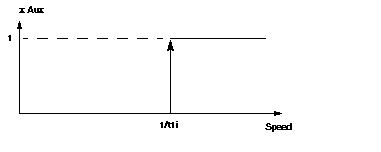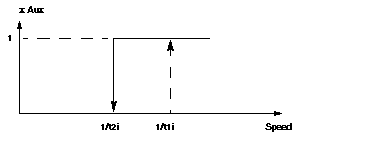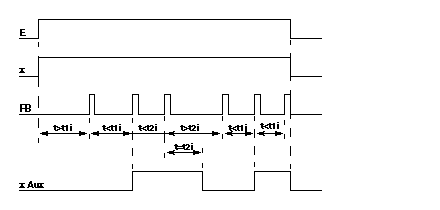|
Reflex function block: Speed monitoring
|
|
|
(Original Document)
|
|
Name
|
Meaning
|
Illustration
|
|---|---|---|
|
E
|
Enable function input.
|
 |
|
FB
|
Control input.
|
|
|
x
|
Block's physical output.
|
|
|
x Aux
|
Speed control output.
|

|
Phase
|
Description
|
|---|---|
|
1
|
On the rising edge of input E :
|
|
2
|
As long as the interval between 2 rising edges of input FB remains greater than t1i:
If the interval between 2 rising edges of input FB falls below t1i:
If input E changes to 0, outputs x and x Aux change to 0.
 |
|
3
|
As long as the interval between 2 rising edges of input FB is less than t2i:
If the interval between 2 rising edges of input FB becomes greater than t2i:
If input E changes to 0, outputs x and x Aux change to 0.
 |
|
Note: The operation defined above implies that t2i >t1i.
|
|
